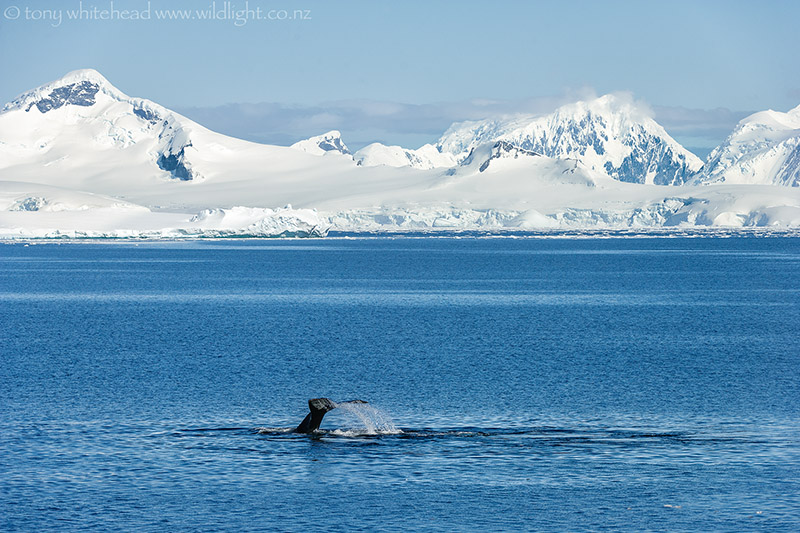
After exploring Detaille Island we began our northward journey with an exploration of Crystal Sound. The sunny weather continued and the light wind dropped to an absolute calm with mirror-like seas reflecting the snow covered peaks giving ideal conditions for whale spotting. We saw numerous Humpbacks and were lucky to see a pair bubble-netting. Edin has covered this well in one of her blog posts as it was incredible to watch and felt as though we had been dropped into a National Geographic documentary. If some of her photos look similar to mine it is because we were standing next to each photographing the action!
The whales dive and then release a trail of bubbles while circling in a tightening radius. The bubbles rise as a net forcing Krill into the centre and then the whales surface through the middle of the circle engulfing the Krill-rich water which they then sieve through their baleen. It was fascinating to watch the thin trail of bubbles trace out a circle and then have the whales surface with bulging throats in the centre. Despite being a member of the rorquals or baleen whales, which includes the largest extant animal on earth, the Blue whale, they prey on tiny crustaceans (Krill and Copepods) in southern waters and add small schooling fish to their diet in more northern locations. They feed voraciously during the summer to build up blubber reserves that they metabolise through the winter when they rarely feed. They were heavily targeted by the whaling industry and hunted to the brink of extinction so it is good to see their numbers recovering despite ongoing threats from fishing equipment, collision with vessels and noise pollution. We have previously seen a good number on the east coast of Australia off Northern New South Wales and Queensland during the winter so it was great to see them feeding in Antarctica during the summer.
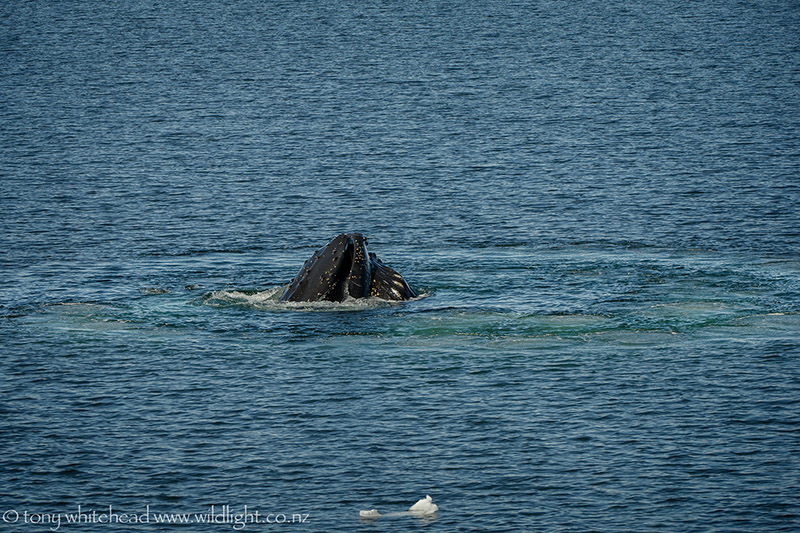
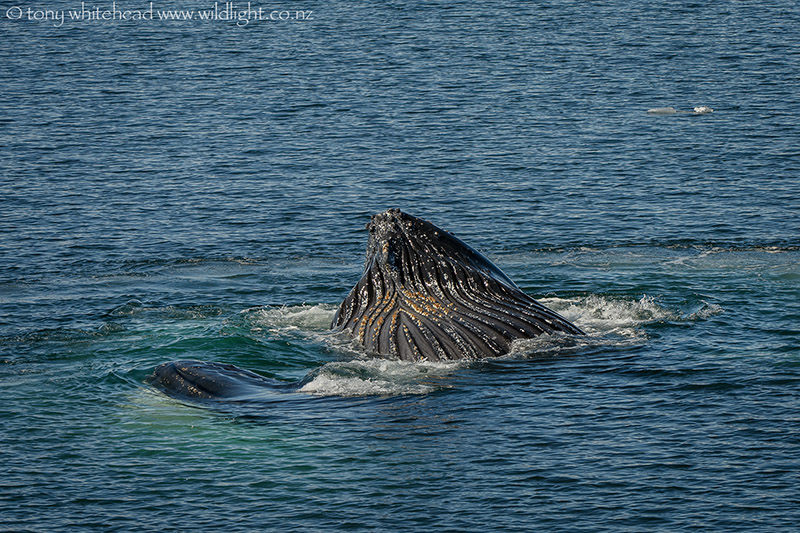
We also encountered a number of Minke Whales which are a smaller rorqual. They were very inquisitive and swam close to the bow of the ship looking up at us. Due to their small size they were not targeted by whalers until the larger species had been significantly depleted but then suffered significant human predation for their high quality meat. This has continued until recently, largely by the Japanese under the auspices of “research”, and remains a threat with Japan trying to reinstate the research program after it was declared illegal by the International Court of Justice in 2014. New Zealand has led the charge at the International Whaling Commission to try and prevent this “whaling by stealth”. Having seen these magnificent animals it is hard to see that they can be considered to have any value as a chunk of meat on a plate in comparison to the value they have in sharing the planet with us in life.
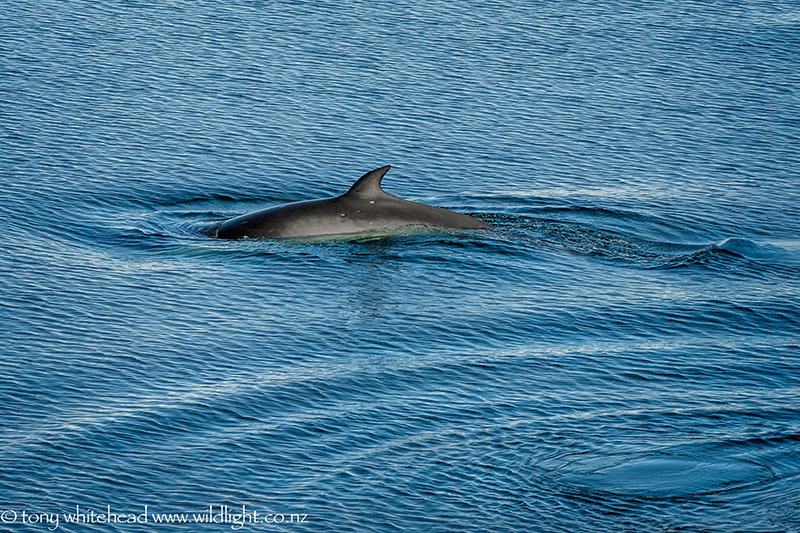
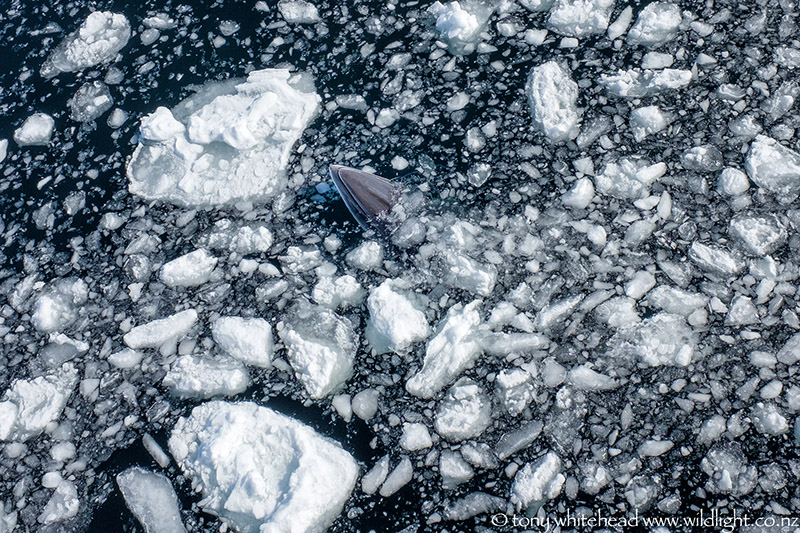
There is a short video that I have uploaded to YouTube showing Humpbacks bubble-netting. I have not embedded it in the blog as it is not the best sequence because I was concentrating on still images but you can see the circular trail of bubbles before the whales rise in the centre. Wind noise is a bit of a nuisance but I kept the sound in as it is nice to hear the whales blowing as they surface.
See these links for more information on Humpback Whales and Antarctic Minke Whales.
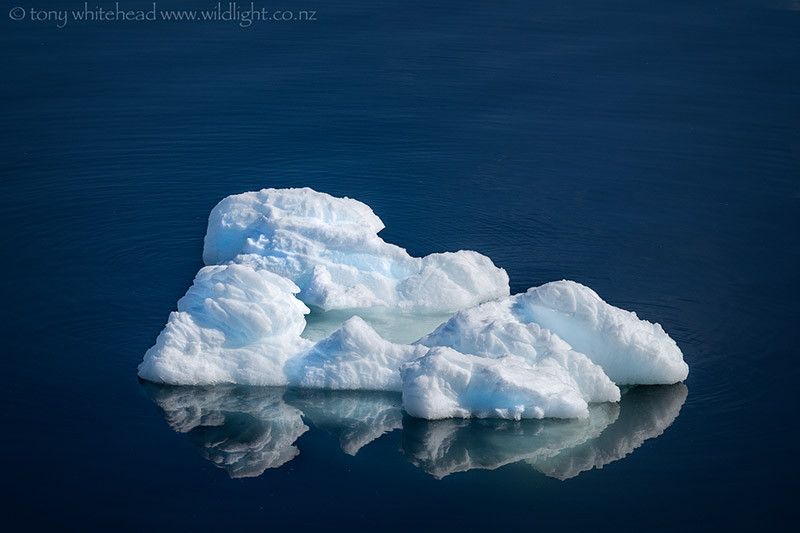
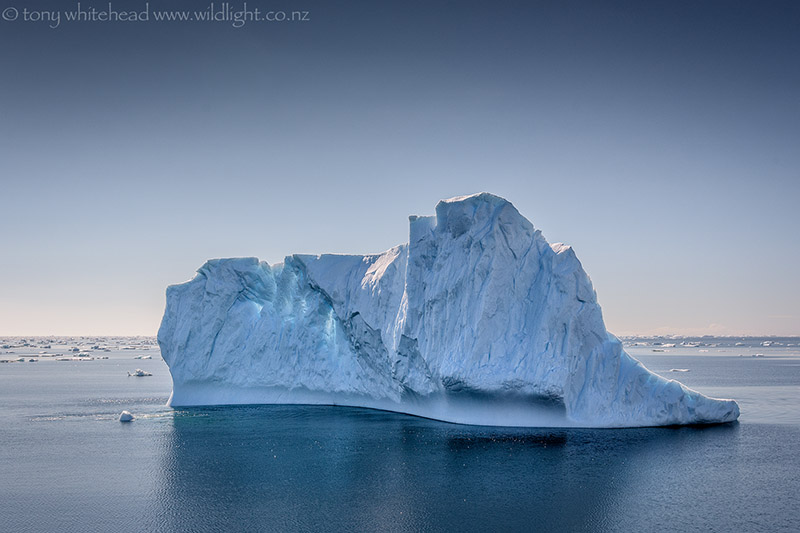
Next week is going to be devoted to Snow Petrels and what was, for me and Edin, a very special wildlife encounter.
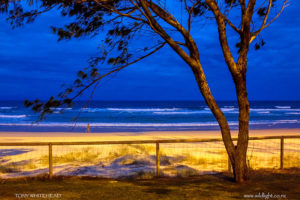
Pingback: Antarctica Master Post